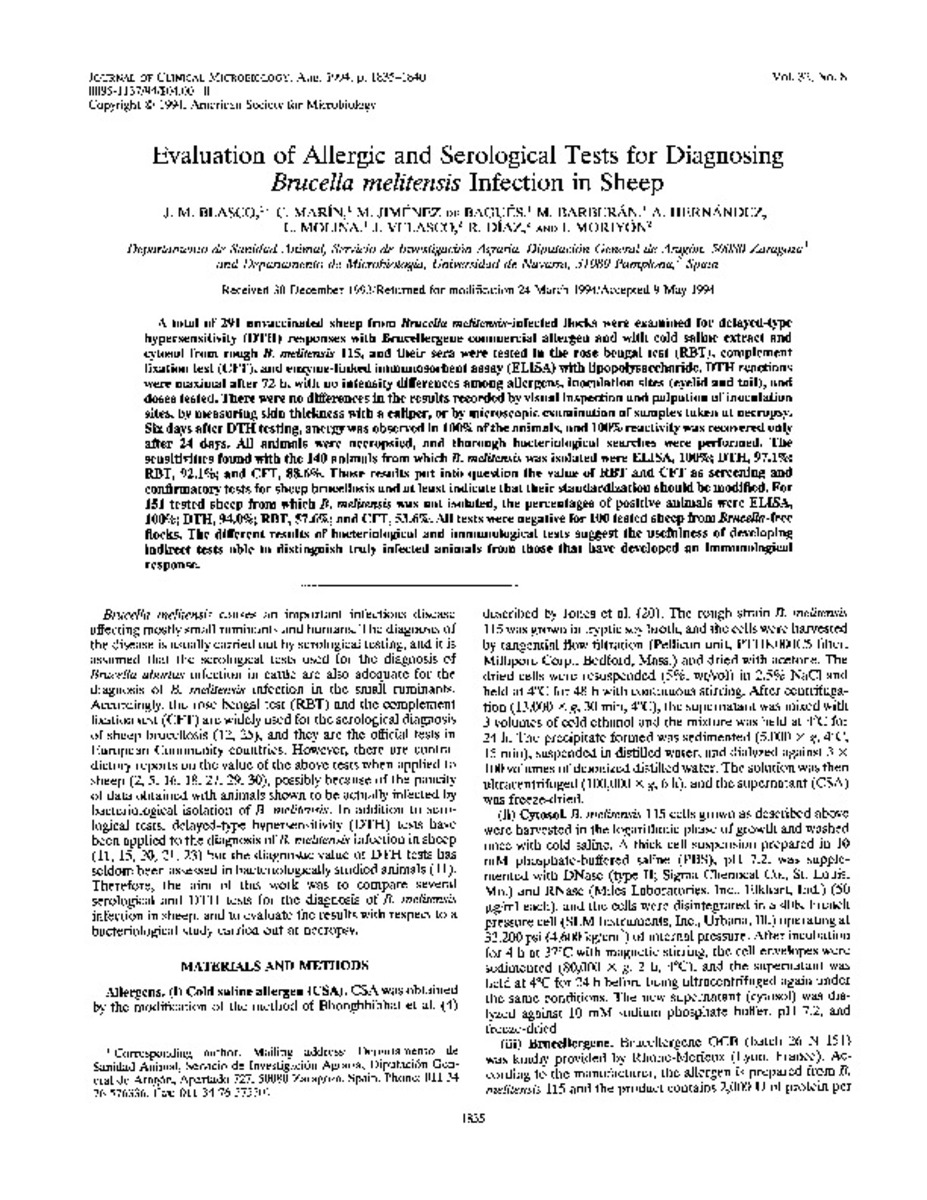Evaluation of allergic and serological tests for diagnosing Brucella melitensis infection in sheep
Keywords:
Polyacrylamide gels
Silver stain
Proteins
Publisher:
American Society for Microbiology
Citation:
Blasco JM, Marin C, Jimenez de Bagues M, Barberan M, Hernandez A, Molina L, et al. Evaluation of allergic and serological tests for diagnosing Brucella melitensis infection in sheep. J Clin Microbiol 1994 Aug;32(8):1835-1840.
Statistics and impact
0 citas en

0 citas en

Items in Dadun are protected by copyright, with all rights reserved, unless otherwise indicated.







